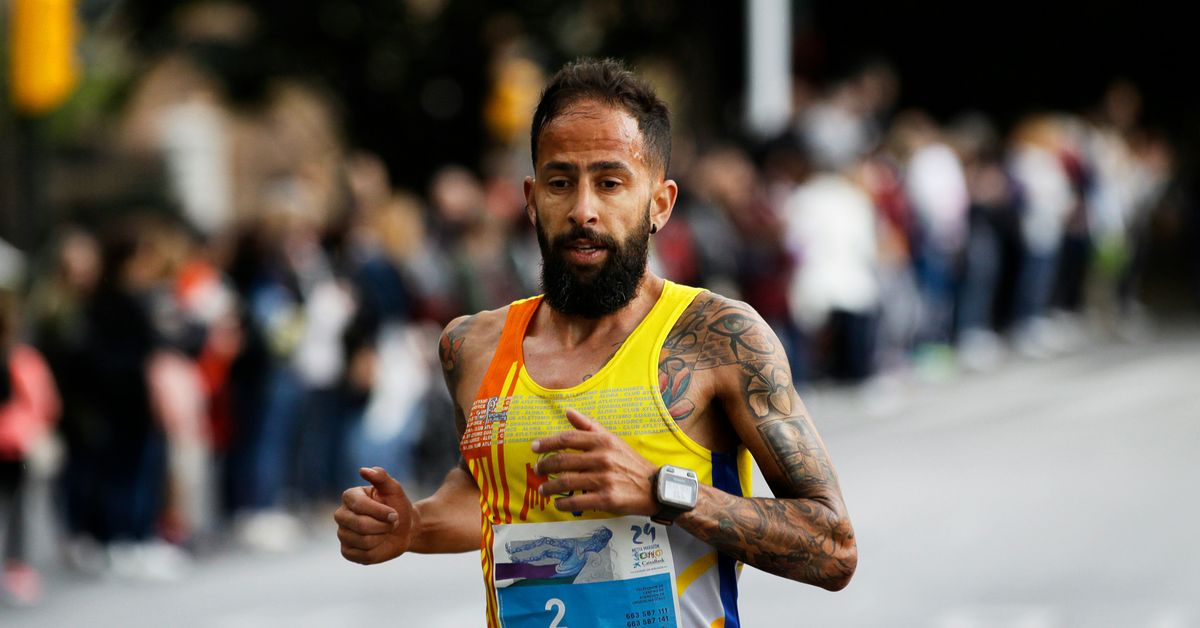
Innovations in Sports Safety Protocols
Introduction
Sports safety protocols have evolved significantly over the years, driven by advances in technology, increased awareness of athlete health, and the desire to minimize risks associated with sports participation. From protective gear to concussion management, innovations in sports safety have aimed to enhance both performance and player well-being.
Advanced Protective Gear
One of the most visible advancements in sports safety is the development of advanced protective gear. Companies like Riddell and Xenith have revolutionized football helmets with designs that mitigate impact forces and reduce the risk of concussions. For instance, Xenith’s helmets use adaptive fit technology and a shock suspension system to enhance protection.
Concussion Detection and Management
Concussions are a significant concern across various sports, prompting innovations in detection and management protocols. The introduction of wearable sensors, such as those developed by Prevent Biometrics, allows real-time monitoring of head impacts. These sensors provide data that can aid in early concussion detection and inform return-to-play decisions.
Heat and Hydration Monitoring
Heat-related illnesses are common in sports, especially in outdoor events or during summer seasons. Innovations like the CoreControl cooling glove, used by athletes in the NFL and military, help regulate body temperature by rapidly cooling the body’s core. Additionally, smart wearable devices now track hydration levels and provide alerts to athletes and coaches to prevent dehydration-related health issues.
Data Analytics and Injury Prevention
Advancements in data analytics have transformed sports safety by allowing teams to analyze player performance metrics and injury data. Companies like Catapult Sports provide wearable GPS trackers that monitor player movements and biomechanics. By analyzing this data, teams can identify injury-prone movement patterns and adjust training regimes to reduce injury risks.
Virtual Reality and Training
Virtual reality (VR) has emerged as a valuable tool in sports safety and training. Athletes can now undergo simulations of game scenarios and practice techniques in a controlled environment, minimizing the risk of physical injury during training sessions. VR also aids in rehabilitation by providing interactive exercises that enhance recovery while reducing the likelihood of re-injury.
Case Studies: Implementing Innovations
Case Study 1: NFL’s Use of Advanced Helmet Technology
The National Football League (NFL) has been at the forefront of adopting advanced helmet technology to improve player safety. Teams like the Kansas City Chiefs have reported significant reductions in concussion rates after switching to newer helmet models equipped with impact-absorbing materials and improved fit systems.
Case Study 2: Rugby’s Implementation of Wearable Sensors
Rugby teams have integrated wearable sensor technology to monitor impacts during matches and training. The England Rugby Football Union (RFU), in collaboration with STATSports, uses GPS trackers to monitor player workload and identify fatigue levels, thus minimizing injury risks associated with overexertion.
Conclusion
The landscape of sports safety protocols continues to evolve with ongoing advancements in technology and research. From improved protective gear to sophisticated data analytics and virtual reality training, these innovations not only enhance athlete performance but also prioritize their health and safety. As sports continue to grow in popularity globally, so too will the commitment to implementing cutting-edge safety measures that safeguard athletes at all levels of competition.
By embracing these innovations, sports organizations can create a safer environment where athletes can thrive and excel, free from unnecessary risks.



